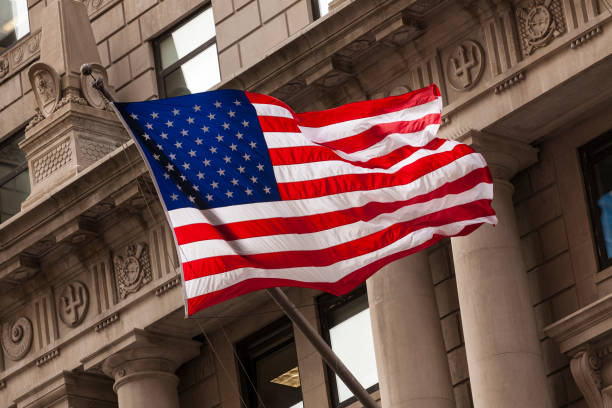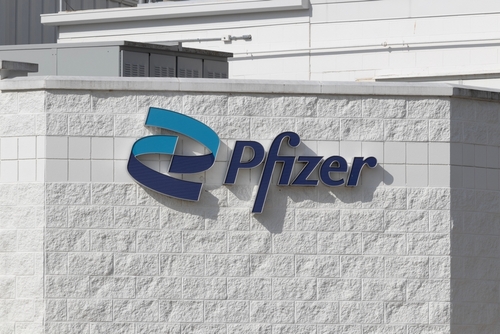S&P 500's Biggest Jump Since 2008: Why Smart Investors Are Looking Beyond the Tariff Rally


It's been quite a week on Wall Street. The S&P 500 (SNPINDEX: ^GSPC) market index rose 9.5% on Wednesday as President Trump hit the pause button for 90 days on most of his new tariff policies.
Many headlines highlighted this massive gain as a historic moment. And why not? This was the S&P 500's biggest single-day gain since October 2008, after all. It was also a historic rebound for the tech-oriented Nasdaq Composite (NASDAQINDEX: ^IXIC) index and the quality-focused grandaddy, the Dow Jones Industrial Average (DJINDICES: ^DJI) The leading market indices posted two price spikes of at least 10% in the late-2008 aftermath of the subprime mortgage meltdown. Investors had their long-term hopes goosed by a $250 billion quantitative easing program, followed by very steep federal interest rate cuts.
Where to invest $1,000 right now? Our analyst team just revealed what they believe are the 10 best stocks to buy right now. Learn More »
That's the level of historic importance this week competes with. It's a big deal.
The S&P 500's big jump still leaves investors underwater
However, Wednesday's massive jump wasn't exactly a victory march. The S&P 500 isn't exploring all-time record prices here. Instead, the index returned to levels not seen since last Thursday, on the heels of the original tariff announcement. The S&P 500 fell 12.1% from April 2 to April 8.
The index was still down 2.8% after Wednesday's huge surge, counting from the day before Trump presented his reciprocal tariffs. It was also down 7.2% year to date and 11.2% from mid-February's all-time high.
You should count yourself lucky if you bought stocks or index funds near the bottom of this temporary plunge. A lot of people did exactly that, judging by the enormous spike in trading volumes for popular index funds like the SPDR S&P 500 Trust ETF (NYSEMKT: SPY) and the Invesco QQQ Trust (NASDAQ: QQQ):
SPY Volume data by YCharts
Then again, every transaction on the stock market involves a buyer and a seller. Lots of people (and investment firms, and automated trading algorithms, and so on) locked in terrible market prices in a panic. I sincerely hope you were on the buying side of this equation.
The long-term perspective you need right now
I'm not saying that the end of last week was the best time ever to invest in the stock market. The S&P 500 dipped to levels last seen about a year earlier. But that double-dipping low point was still roughly 13% above the highest S&P 500 score in 2021, just before the latest bear market kicked off.
You'd be making serious money if you bought some SPDR S&P 500 ETF shares on the worst possible day in 2021 -- and sold it all on the least profitable point of last week's terrible dip. Time heals all wounds and also builds wealth. Timing the market sounds like fun, but spending lots of time in the market tends to be more profitable.
The big, open secret here is that the best course of action is to hang on to your diversified investments over the long haul, through thick and thin, rolling with every punch along the way.
Smart moves for navigating market whiplash
It makes sense to add more capital to the portfolio when prices are down, but please don't close out your holdings when the market is down. That's just the best way to guarantee terrible results, missing out on some of the best buying opportunities.
And the tariff-inspired market dip could be followed by more single-day crashes or sustained downtrends. If so, that doesn't mean it was a bad idea to buy things on the first opportunity. I hope you can scrounge up some fresh investable cash to take advantage of other dips in the road ahead. And maybe you have an automated dollar-cost averaging plan in action. If so, you'll be building long-term wealth in any type of market, simply adding more shares when prices are low and posting great price gains when Wall Street gets back on its feet.
So the recent market drama shouldn't really change your investing strategy, other than making some great stocks and robust index funds available at lower prices. Stay the course, don't lose sleep over short-term market drama, and keep pouring cash in that nest egg.
Your future self will thank you for staying calm in an unpredictable market. This, too, shall pass.
Should you invest $1,000 in S&P 500 Index right now?
Before you buy stock in S&P 500 Index, consider this:
The Motley Fool Stock Advisor analyst team just identified what they believe are the 10 best stocks for investors to buy now… and S&P 500 Index wasn’t one of them. The 10 stocks that made the cut could produce monster returns in the coming years.
Consider when Netflix made this list on December 17, 2004... if you invested $1,000 at the time of our recommendation, you’d have $509,884!* Or when Nvidia made this list on April 15, 2005... if you invested $1,000 at the time of our recommendation, you’d have $700,739!*
Now, it’s worth noting Stock Advisor’s total average return is 820% — a market-crushing outperformance compared to 158% for the S&P 500. Don’t miss out on the latest top 10 list, available when you join Stock Advisor.
*Stock Advisor returns as of April 10, 2025
Anders Bylund has no position in any of the stocks mentioned. The Motley Fool has no position in any of the stocks mentioned. The Motley Fool has a disclosure policy.








